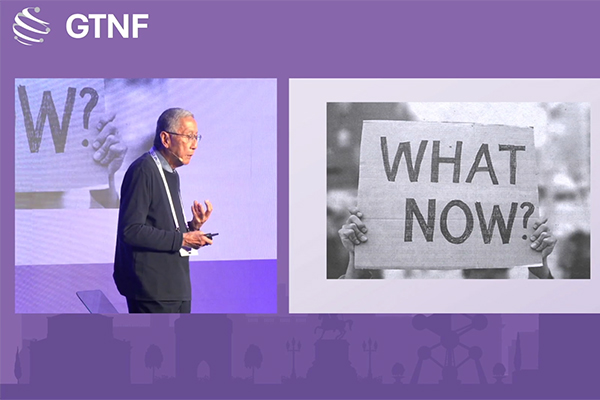The Taxpayers Protection Alliance (TPA) released a new policy brief today (October 20), “FCTC: The Wrong Lessons Learned,” by Roger Bate, a fellow at the International Center for Law and Economics, criticizing the World Health Organization’s Framework Convention on Tobacco Control (FCTC) for drifting from its original mission of evidence-based policy. The paper argues that the treaty’s decision-making process has become obscured, ideological, and resistant to scientific debate—particularly around harm reduction products such as e-cigarettes and oral nicotine.
“The FCTC has evolved into a closed process—hostile to scientific dissent, opaque in its deliberations, and resistant to consumer-driven innovation in tobacco harm reduction (THR),” the paper begins. “This paper argues that the FCTC has become a cautionary model for global public-health governance. Unless checked, this model risks entrenching an authoritarian and anti-scientific impulse across public health. The THR community must lead the counter-narrative—to reform tobacco control and safeguard the integrity of evidence-based policymaking.”
Bate contends that the FCTC’s approach “demonizes safer alternatives despite real-world success,” preventing adult smokers from accessing less harmful products that could help them quit. He warns that the treaty’s governance flaws mirror broader problems in global health governance, including pandemic response. “A treaty built to reduce smoking deaths should evaluate tools by outcomes, not ideology,” he said.
The brief calls for reforms, including open sessions at FCTC Conferences of the Parties (COPs), equal conflict-of-interest scrutiny, independent comparisons of cessation tools, proportionate youth protections, and fiscal accountability. TPA fellow Martin Cullip urged the WHO to “reassess the evidence on reduced-risk nicotine products” and improve transparency, warning that the FCTC’s current direction “has become an obstacle to global public health progress.”









